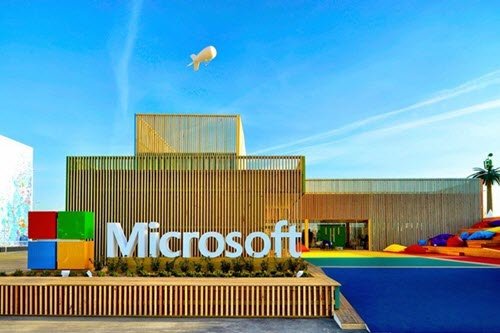Every day on the Internet, you come across some of the other copyright issues – be it downloading a song or sharing some video with others. While it is explicit that the person or company that created any piece of worktext, graphics, animations, music, narration, video or a combination thereof – is the actual copyright owner, there are cases where people confuse as to who is the copyright owner for different things.
For example, if you pick up an image from Wikimedia Commons and use the image on a brochure you prepared, does it infringe any copyright? If you record screen movements for some program and put it together as a tutorial, are you infringing the copyright of the software or hardware owner?
I will first answer the case of Wikimedia Commons. Yes, you are infringing copyright if you are using some image from Wikimedia Commons and do not attribute its use to the original creator in the manner prescribed by Wikimedia. For those who don’t know, Wikimedia is a repository of text, graphics, animations and audio/video that is meant for sharing under creative commons license. A Creative Commons license requires you to attribute the work to its creator in a predefined manner.

Microsoft Copyright Statement
Coming to Microsoft, if you create a tutorial for – say MS Paint – and upload it on to some video sharing site or distribute it through CDs, are you infringing copyrights of Microsoft? MS Paint is a software from Microsoft so naturally whatever appears on the screen are products of Microsoft. Under such cases, the copyrights to screenshots belong to Microsoft.
But… Microsoft relieves you of the copyright issues by providing some guidelines. If you use the screenshots in the manner prescribed by Microsoft, you hold the copyright to the screenshots.
Cases Where Copyright Infringement Happens

If you accessed some software that is still under construction and is not available to the general public, you cannot use its screenshots. After and only after Microsoft gives out the software – in pre-release of final form, irrespective of what they call it – you can take and distribute its screenshots.
If the screenshots you are using contain images that belong to third parties, it may or may not be Microsoft copyright infringement. For example, if you are documenting some software such as Adobe Premiere, and you capture screen for representation purpose, you need to check with Adobe whether you can use the screenshots as such or would you require any kind of pre-written license to use the screenshots.
As far as I know, if you are using AutoCAD and take screen-snaps for any reason, it is copyright infringement even if you are running AutoCAD on Microsoft Windows. This is because Microsoft does not possess the right to relieve users from copyright issues arising out of the use of AutoCAD. It was mentioned in some forum that AutoCAD users are not supposed to take screenshots as it would amount to copyright infringement. But then, the case would be “user vs AutoCAD” and not “user vs Microsoft” as the latter has nothing to do with AutoCAD that operates on Windows operating system.
Microsoft Intellectual Property Permissions
The following are some restrictions imposed by Microsoft before letting go of its copyright on screenshots of Windows and Windows-based software.
- You should not alter the screenshot except to resize it. Alterations include color correction, color change etc. You can, however, use markers in case you are creating material for study or reference.
- You cannot use the Windows screenshots or Windows-based Microsoft software screenshots as an element of the user interface of any custom program you might build. That is, if you are writing some software, you are not supposed to use screenshots of Windows elements such as boot screen, welcome screen, and shutdown screens as part of the user interface of the program you are writing. You can, however, use Visual Basic or other programming languages to reproduce the elements that are not patented or trademarked by Microsoft. That means you can reproduce the OK and Cancel buttons for use with your programs but you cannot use the Start button specific to Windows operating system. Similarly, you cannot use the logos and trademarks in your programs unless you have written permission from Microsoft.
- You should not be using parts of screenshots. I am not comfortable with this point, however. For providing focused tutorials, you might need to cut off the unwanted elements from the screenshot. So far, there has not been any known case of copyright infringement where anyone was charged for using a portion of a screenshot and not the entire screenshot. I will try and seek clarification on this point and update you all as soon as I receive any response from Microsoft.
- As per Microsoft Copyright statement, you cannot use screenshots if they contain images of identifiable people. For example, if a screenshot contains an image of some celebrity, you may not use it as your copyrighted screenshot. In this case, the copyright does not belong to Microsoft either. It would be up to the person in the screenshot to object to the screenshot and in my opinion, this clause is induced into the Microsoft copyright statement to avoid uncalled disputes.
Read: Microsoft Product Use Rights (PUR).
If you are looking for copyright information on the usage of other elements/software from Microsoft such as distribution of box shots, icons, clip art, capturing video games, etc, you can check out the full text of the Microsoft Copyright Statement.